Artist Richard Shilling talks about the Lancashire countryside that inspires his breathtaking work


The 46-year-old who swapped life as a computer programmer in Kent for life as environmental artist in Lancashire, has everything to brag about, but that’s not that that’s his style.
In fact Richard is refreshingly grounded about his approach to his craft, which may be as a result of almost literally stumbling across it.
Advertisement
Hide AdAdvertisement
Hide AdBorn in Kent, he was working for insurance company AXA when he was relocated to their Lytham office.
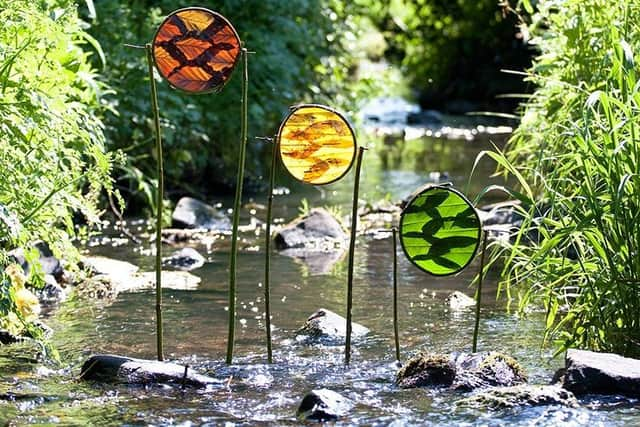

Setting up home in south Lancaster, he was almost immediately inspired by the Lancashire countryside. Now most of Richard’s work is created in the county’s countryside, from stone balancing, leaf creations, sand art and ice sculptures.
He said: “One day from where I was, I could see right across to the Lake District and from that moment on everything changed.
“I feel so privileged to live in such a wonderful place. I adore it here, I hate going down south now.
Advertisement
Hide AdAdvertisement
Hide Ad“When I’m coming back on the train and I see the hills around Preston, then a weight comes off me. It’s totally home in Lancashire.”
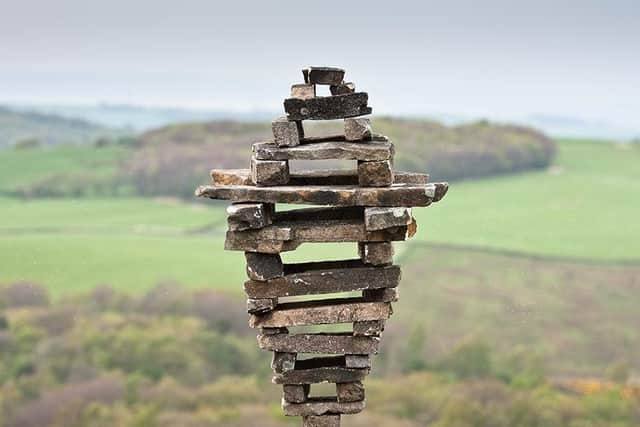

While exploring his new home, Richard came across the work of Andy Goldsworthy who studied at UCLan and has created sculptures in Half Moon Bay, Heysham and in Clougha Pike, in the Forest of Bowland.
Richard said: “I came across his work and was extremely inspired. I thought I’d have a go myself, and it started off as just a hobby, but it was just around the same time that social media was really taking off and people were posting a lot of pictures online.
“Things I posted went viral and then I started being offered work.”
Advertisement
Hide AdAdvertisement
Hide AdShortly afterwards, Richard decided to give up his work in the insurance industry. He said: “I still find it strange! I’ve been invited to China, Texas, Cicely and Northern Ireland. It’s a real adventure.”
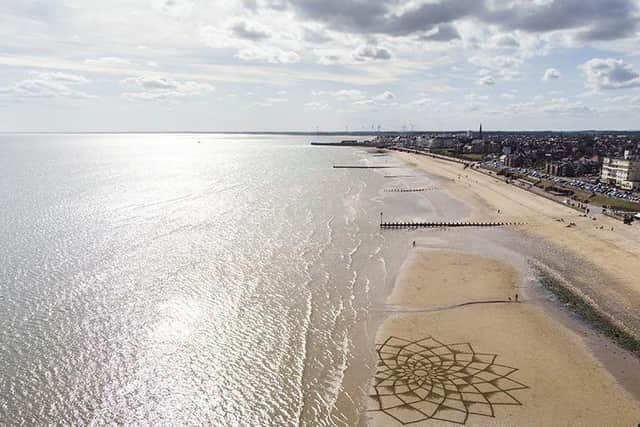

He added: “The more you go somewhere, the more you open up to what’s there. For example, if you go to a pebble beach, a lot of the stones might look all grey at first glance. But then you start looking and separate them all out and see all there might be 50 or 60 different colours. It’s quite meditative to do.”
Richard’s main interest is working with leaves - some of his creations include leaves folded to make boxes, leaves used to make stained glass-like colour-wheels, a leaf with letters of the alphabet cut out of it, and leaves laid out in gradually changing colours on a rock.
He said: “Leaves change all the time. They change colours, they decay, and no two years are the same.”
Advertisement
Hide AdAdvertisement
Hide AdEnvironmental change is something Richard has tuned into through his work.
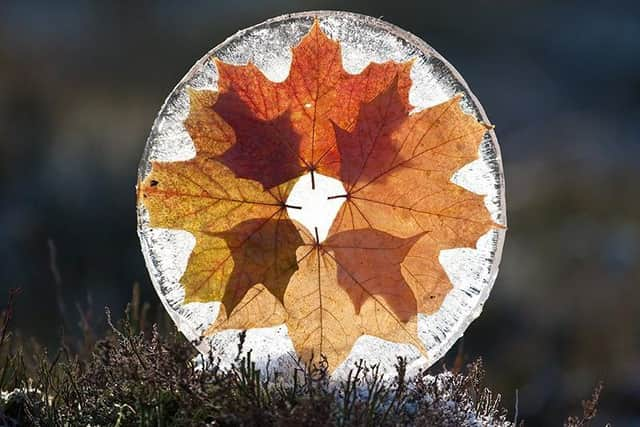

He said: “There are changes year on year. At Doncaster Cemetery there are two cherry trees and when I first went there, there must have been 12 different colours of leaves. But in the last few years they’ve just gone straight to red, and without going back and looking at little details, I would never have known that.
“This year the leaves are on the trees much later.
“These changes can be quite gradual, or they can be sudden and dramatic, such as the changes on the landscape that Storm Desmond (December 2015) caused.”
An usual quality to Richard’s work is that the don’t last, but he sees the transience as “part of the appeal”.
He said: “You can’t be attached to it. Leaves blow away.
Advertisement
Hide AdAdvertisement
Hide Ad“Our culture is very attached to things, but nothing lasts forever. If you had something that lasted forever, it wouldn’t be worth very much.
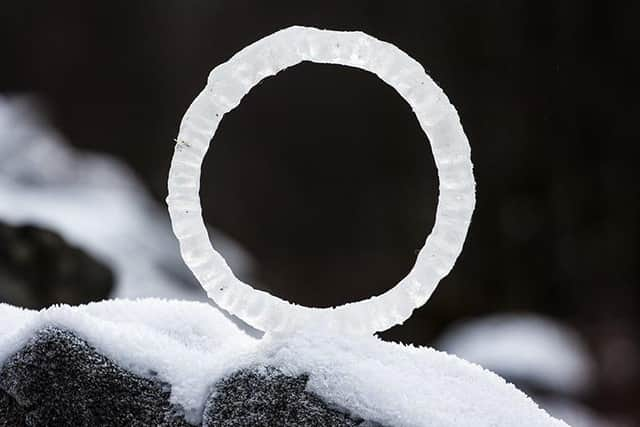

“It’s about opening your mind to this thought. It’s very freeing. You know you can’t make it permanent, though you can take photographs.”
He added: “It’s more about the process of doing something for me. Like mountain climbing, it’s not really about getting to the top, it’s about the aim of getting there.”
But does he get frustrated?
“Oh yes,” he says.
“I was working with snow in Ribblesdale and the structure of the snow changed with each degree. It was Mother Nature saying what I could do.”
Advertisement
Hide AdAdvertisement
Hide Ad“You can feel frustrated, but it’s my choice. I’m always questioning my sanity!”
Richard’s approach to art work might not be considered traditional either, going into a day’s work not knowing what he hopes to achieve until he’s there.
He said: “I go somewhere without any preconceived ideas and I feel the environment and just get started.
“Anyone can do this, but many people have been told at school that it’s not for them. But we’re human beings, we are art-making animals, and that’s what separates us.”
Advertisement
Hide AdAdvertisement
Hide AdHe usually works for five to six hours at a time, with the longest stint 12 hours making willow hoops.
He describes the process as a “flow state or meditation” and on one occasion was so immersed in his work that he only noticed a brown hare was nearby when it came right up to him.
He said: “It’s so nice to be connected to nature because we have less and less of it.
“It’s about a collaboration with nature and not imposing yourself.”
Advertisement
Hide AdAdvertisement
Hide AdRichard, who now lives in Bolton-le-Sands feels so passionately that anyone can do his kind of art, that he runs workshops for children and adults, is the artist in residence at the
Middlewood Trust, a low-impact living set-up near Lancaster, and regularly attends the Gathering of the Tribe festival in Texas.
He said: “A lot of people aren’t trained artists, they’ve just fallen into it and want to share it.
“A lot of the time people feel excluded by art because they can’t draw or paint, but with this kind of art, nature’s done most of the work for you.”